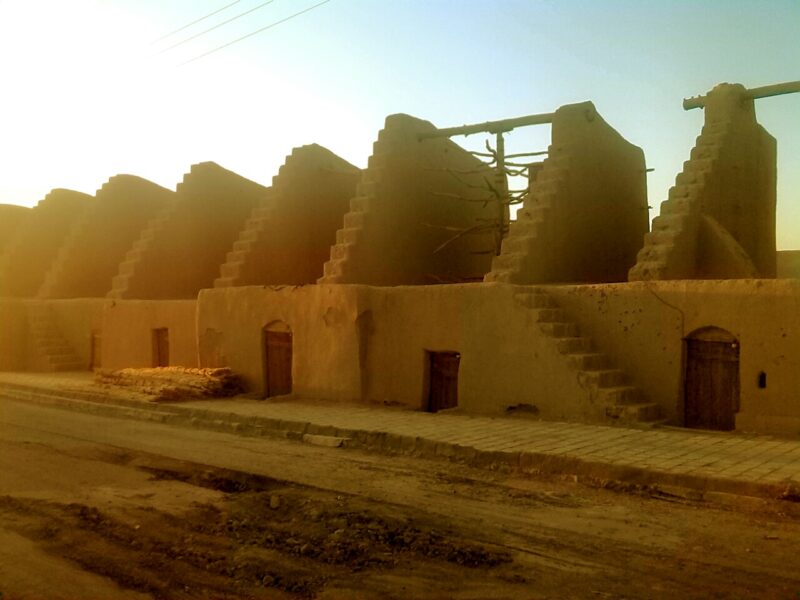Khansharaf Asbad: a symbol of smart use of wind
Khansharf asbads or Khansharf windmills are a relic of the Qajar period, which are located near Khansharf village, Nehbandan city. These asbads milled wheat using wind power and were used until a few decades ago.
Here are some interesting features of Khansharaf’s Asbads:
Use of wind power: Unlike water mills that work with water power, these mills use wind power, especially the 120-day winds of Sistan, which reach the Nahbandan region.
Horizontal axis: In the design of these mills, unlike European mills that have a vertical axis, a horizontal axis is used.
Having two floors: these asbads have two floors. The lower floor (the barn) is where the millstones are placed, and the upper floor, which is exposed to the wind, is the working space for the main parts of the mill.
High walls: On the upper floor, there are two parallel walls with a height of approximately 10 meters, which create a channel for the passage of wind.
Big vane: Between these two walls, there is a big wooden vane that rotates with the wind.
Millstones: On the lower floor, there are two large millstones of the same size, which is the fixed lower stone and the movable upper stone.
Flour and wheat storage warehouse: On the ground floor, there are warehouses for storing flour and wheat.
National registration: Due to its historical and architectural value, these palaces were registered as one of Iran’s national monuments in 1379.
Nowadays, as a tourist attraction, the Asbads of Khansharf are of interest to tourists, and visiting them can be an interesting and informative experience about the method of grinding wheat using wind power.


